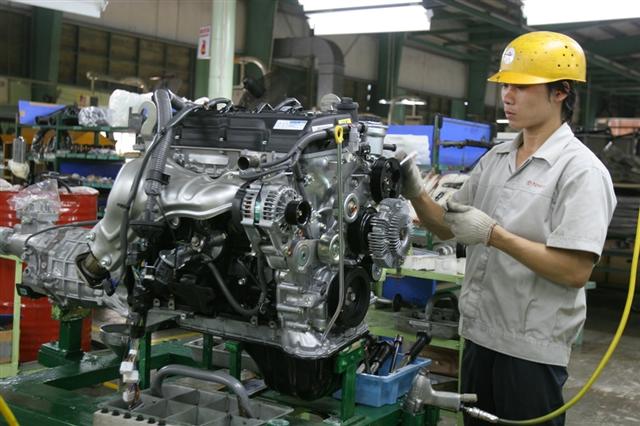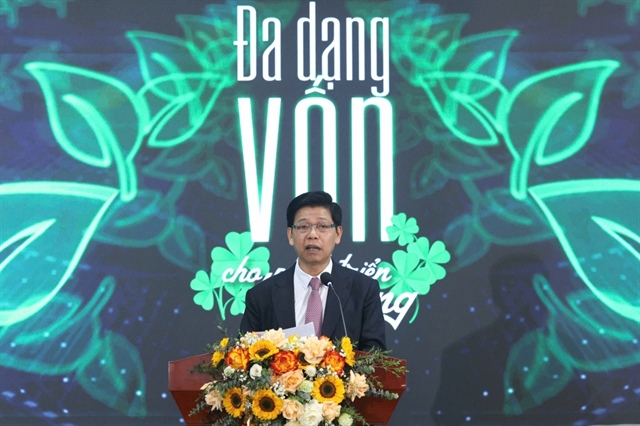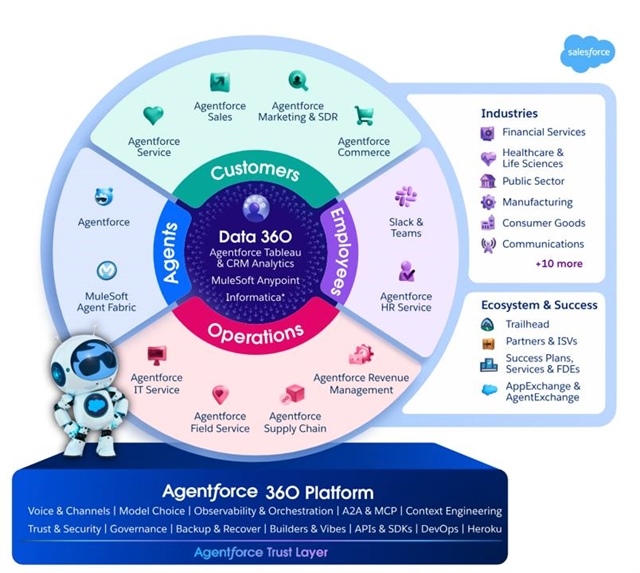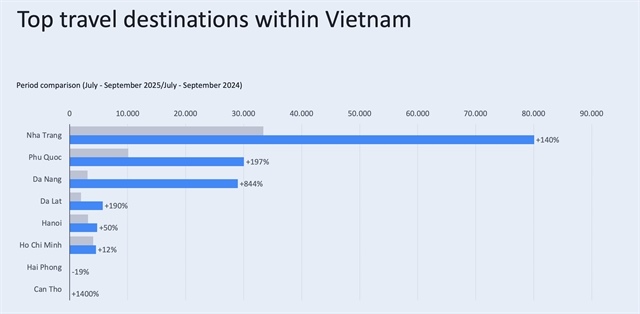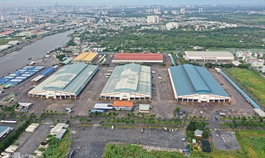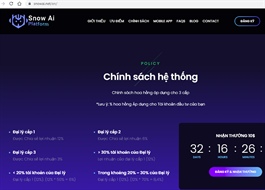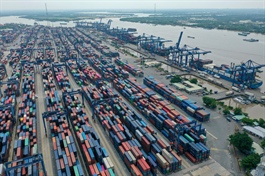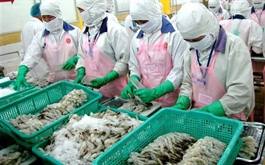Prospects of medium, long-term FDI attraction looking up
Prospects of medium, long-term FDI attraction looking up
The prospect of attracting foreign direct investment (FDI) in Vietnam in the medium and long term is bright. However, Vietnam needs appropriate laws and policies to attract large and high-quality FDI projects.
Almost US$14 billion in first five months
According to data from the Ministry of Planning and Investment, in the first five months of this year, Vietnam attracted an additional US$14 billion in FDI capital, up 0.8 percent from the same period in 2020. An estimated US$7.15 billion of the sum has already been invested in the past five months, 6.7 percent more than during the same period last year.
|
Specifically, 613 new FDI projects were licensed in the first five months with total capital of almost US$8.83 billion (up 18.6 percent from the same period last year), while 342 other projects increased their investment capital by US$3.86 billion (up 11.7 percent), and foreign investors bought shares and contributed capital worth a total of US$1.31 billion.
Foreign investors poured money into 18 industries and fields in Vietnam in the five months, with the processing and manufacturing industries becoming the biggest FDI attractor with US$6.14 billion (accounting for 43.9 percent of the total), followed by the electricity production and distribution sector with US$5.43 billion (38.8 percent), real estate with US$1.05 billion, and wholesale and retail with nearly US$522 million.
Seventy countries and territories invested in Vietnam in the first five months of this year, with Singapore taking the lead with US$5.26 billion (accounting for nearly 37.6 percent of the total), followed by Japan with US$2.59 billion (18.5 percent), and the Republic of Korea (RoK) with US$1.83 billion (13.1 percent).
Foreign enterprises invested in 56 of the 63 provinces and cities across Vietnam. The Mekong Delta province of Long An was the biggest FDI attractor with US$3.35 billion (accounting for 23.9 percent of the total). It was followed by the country’s southern hub - Ho Chi Minh City - with US$1.34 billion (9.6 percent), and Can Tho City with US$1.32 billion (9.4 percent).
Optimistic outlook
Vietnam Chamber of Commerce and Industry (VCCI) Chair Vu Tien Loc said Vietnam is benefitting from a wave of shifting supply chains from other countries, and will remain one of the most attractive Southeast Asian destinations for foreign investors in the medium and long term. He attributed Vietnam’s increasing attractiveness to investors to the country’s success in controlling the pandemic, political stability, improved business environment, and membership in new-generation free trade agreements (FTAs).
The government has also exerted efforts in administrative reforms and in improving the investment climate with attractive incentives.
Meanwhile, relevant agencies have been advised to seek investment by multinational corporations with strengths in capital and technology, helping domestic companies access modern technologies and work with foreign counterparts in further joining global value chains.
Le Thanh Van, a deputy of the 13th and 14th-tenure National Assembly suggested that the government adopt long-term stable and attractive laws, and focus on industrial zone planning to create complete supply chains.
He said that while other countries have industrial parks of up to 20,000-30,000 hectares per zone, Vietnam’s biggest industrial zones cover no more than several hundred hectares each. The government, ministries, sectors and localities need to build a new, large-scale industrial park model, Van added.
| As of May 20, 2021, Vietnam was home to 33,615 valid foreign-invested projects totaling US$396.86 billion in investment capital. Of the total, 60.5 percent or US$240 billion has already been invested. |


